The Mystery of Feline Time Perception

Have you ever wondered why your cat seems to know exactly when dinner time arrives, even before you’ve reached for their food bowl? The relationship between cats and time is far more complex than most pet owners realize. While cats don’t wear watches or check calendars, they possess an intricate understanding of temporal patterns that governs their daily lives. Their perception of time operates on a completely different level than ours, rooted in biological rhythms and environmental cues. This fascinating aspect of feline behavior reveals just how sophisticated our furry companions truly are.
Biological Clocks Run Deep

Every cat carries an internal timekeeper that’s far more precise than any human-made clock. These circadian rhythms control everything from sleep cycles to hunting instincts, creating a natural schedule that cats follow religiously. Scientists have discovered that cats’ biological clocks are incredibly sensitive to light changes, temperature shifts, and even subtle atmospheric pressure variations. Their bodies literally count time through cellular processes that tick away like microscopic metronomes. This internal timing system explains why cats often become restless just before dawn or dusk, regardless of what’s happening around them.
The Hunger Clock Never Lies

Your cat’s stomach operates on a schedule that would put the most punctual Swiss train to shame. Felines develop incredibly accurate feeding schedules based on routine, often appearing in the kitchen minutes before their usual meal time. This isn’t just learned behavior – it’s a survival mechanism that helped their wild ancestors thrive. Their digestive systems release hunger hormones at specific intervals, creating an internal alarm clock that rarely fails. Many cat owners report their pets becoming increasingly vocal or insistent as feeding time approaches, demonstrating a clear awareness of temporal expectations.
Memory Shapes Their Time Experience
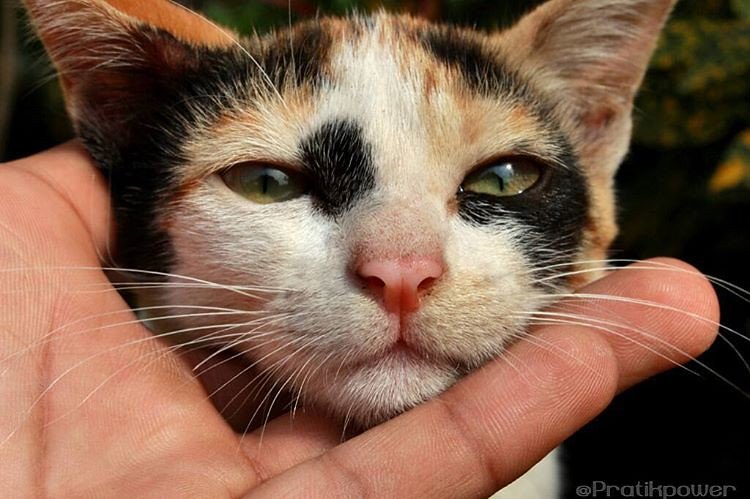
Cats don’t just live in the moment – they carry a complex web of temporal memories that influence their behavior. They remember specific times when positive or negative events occurred, creating associations that last for years. A cat might hide every Tuesday morning because that’s when the vacuum cleaner typically comes out, or they might wait by the door every evening when their favorite human usually returns from work. These memories create a personal timeline that helps cats predict future events. Their ability to link past experiences with present circumstances shows a sophisticated understanding of cause and effect across time.
Routine Becomes Their Religion

Cats are creatures of habit who find comfort in predictable patterns, but this goes beyond simple preference. They actually use routines as a way to navigate time, creating mental maps of what should happen when. Disrupting a cat’s routine often causes stress because it breaks their temporal framework for understanding the world. Their whiskers twitch with anticipation at specific times, their pupils dilate with excitement when familiar sounds occur at expected moments. This devotion to routine isn’t stubbornness – it’s their way of making sense of time’s passage through familiar anchors.
Hunting Instincts Follow Ancient Rhythms

The predatory nature of cats operates on timescales that stretch back millions of years. Wild cats hunt most effectively during crepuscular hours – dawn and dusk – when prey animals are most active. Domestic cats retain these ancient timing instincts, becoming more alert and playful during these transitional periods. Their pupils dilate, their movements become more purposeful, and their attention sharpens as these primordial hunting windows approach. Even well-fed house cats experience these temporal surges of predatory behavior, pouncing on toys or stalking shadows with renewed intensity. This demonstrates how deeply embedded temporal patterns are in feline DNA.
Social Time Differs from Solitary Time
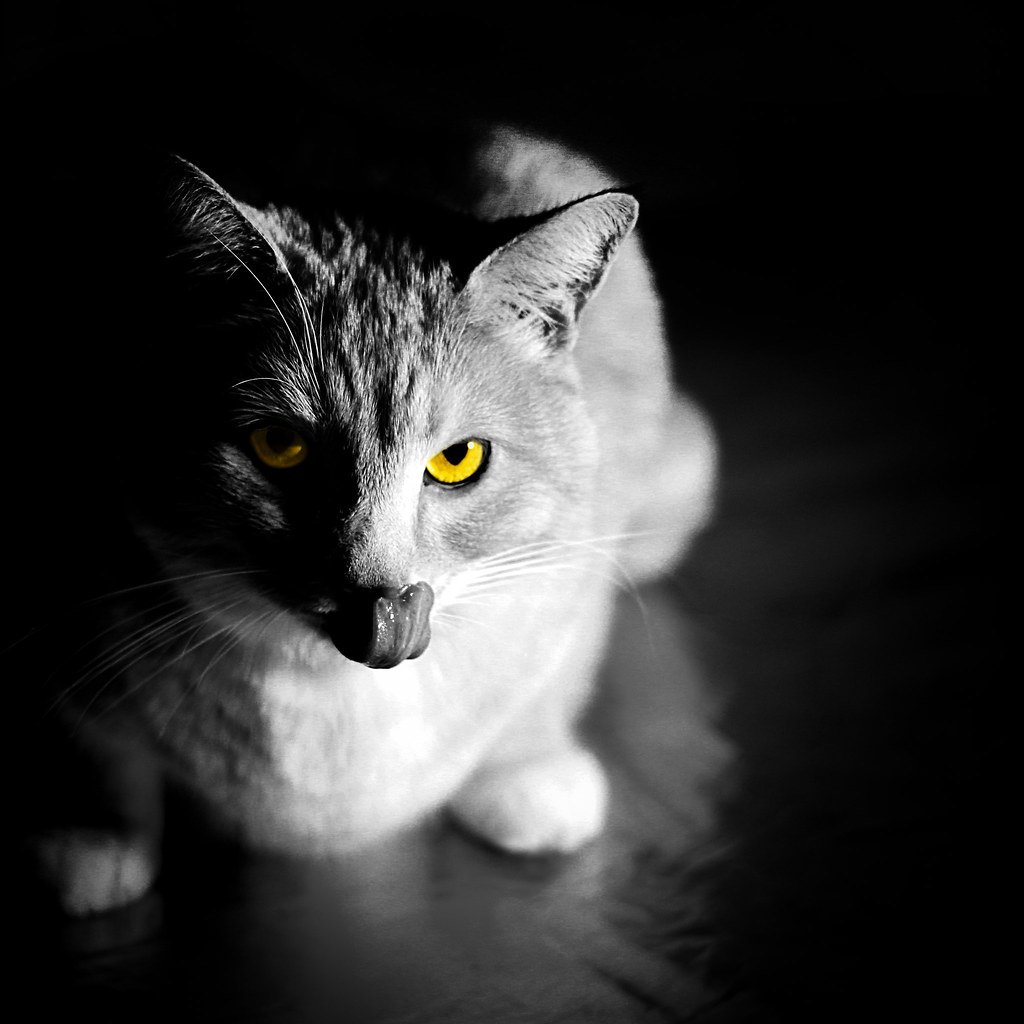
Cats experience time differently when they’re alone versus when they’re with their human families. During social interactions, they seem to live more in the present moment, responding to immediate cues and engaging with whatever’s happening right now. However, when alone, they often settle into longer periods of contemplation or sleep, suggesting a different relationship with time’s passage. Their purring sessions with humans can last for extended periods, indicating they’re willing to invest significant time in bonding activities. This flexibility in temporal engagement shows cats can adjust their time perception based on social context.
Sleep Cycles Reveal Time Mastery
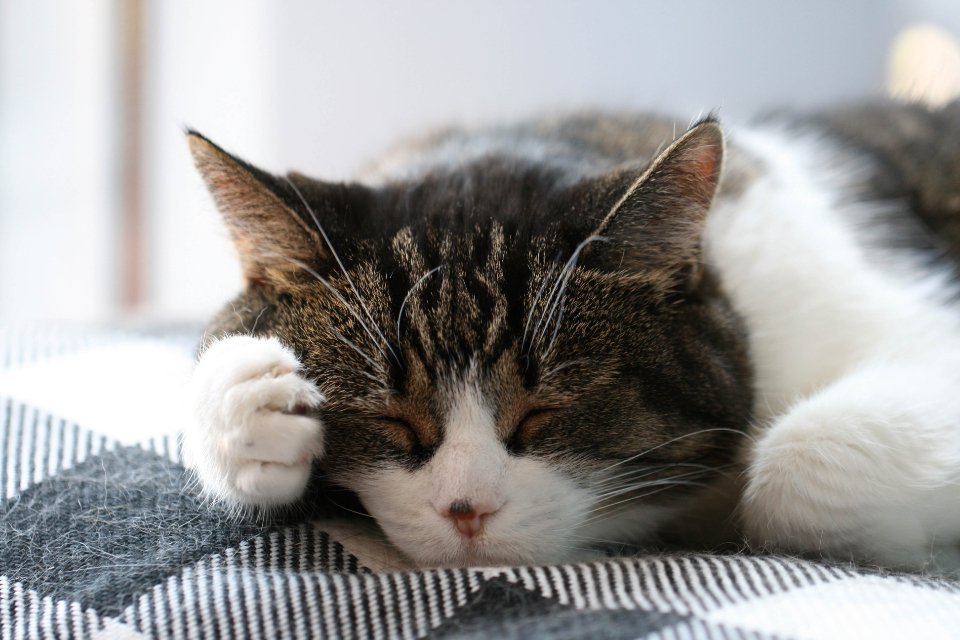
A cat’s sleep pattern offers fascinating insights into their time perception abilities. They don’t just sleep randomly – they follow complex cycles that align with environmental cues and internal needs. Cats can sleep up to 16 hours a day, but they distribute this sleep across multiple sessions with remarkable consistency. Their REM sleep occurs in predictable intervals, and they often wake up at similar times each day without any external alarm. This suggests they have an internal mechanism for measuring sleep duration and determining when they’ve had enough rest. Their ability to take power naps and then be instantly alert demonstrates incredible temporal flexibility.
Territorial Patrols Follow Schedules

Indoor and outdoor cats alike maintain territorial patrol schedules that reveal sophisticated time management skills. They visit specific locations at regular intervals, checking scent marks and ensuring their domain remains secure. These patrols aren’t random wanderings – they’re purposeful activities timed to maximize territorial efficiency. Some cats have morning routes and evening routes, adapting their patrol schedules to avoid conflicts with other cats or to take advantage of optimal conditions. Their ability to maintain these complex territorial schedules without any external reminders demonstrates an impressive grasp of temporal organization.
Emotional Time Runs Differently
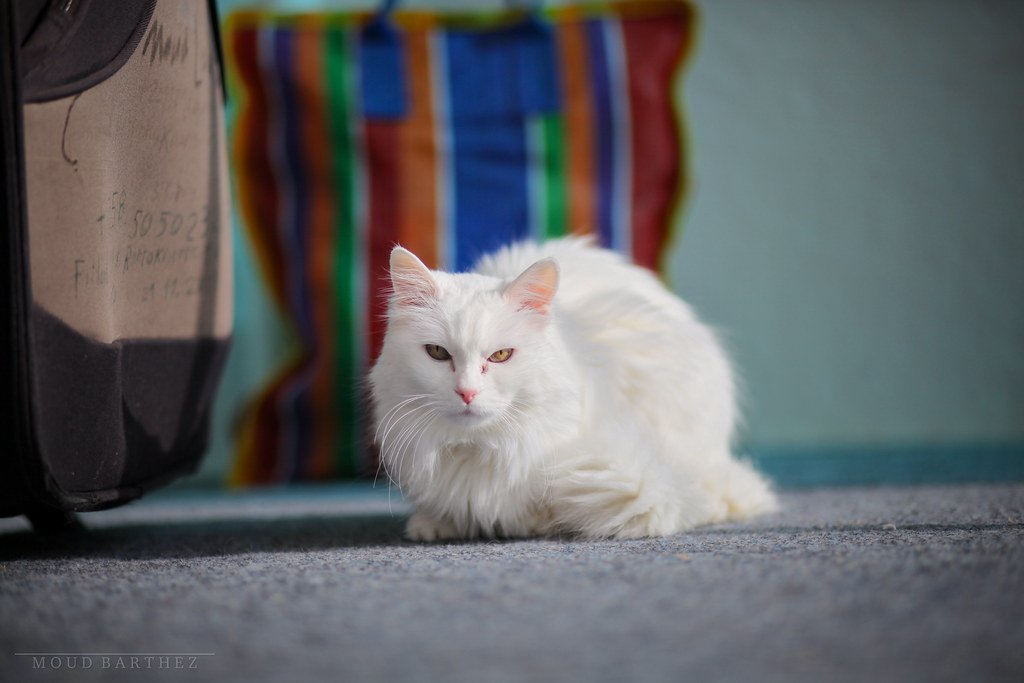
When cats are stressed, anxious, or excited, their perception of time appears to change dramatically. A cat waiting to be fed might pace frantically, suggesting minutes feel like hours when they’re eager for something. Conversely, content cats in sunny spots seem to exist in a timeless state where hours pass unnoticed. Their emotional state directly influences how they experience time’s passage, much like humans experience time flying when having fun or dragging during boring activities. This emotional-temporal connection reveals that cats don’t just mechanically track time – they experience it subjectively based on their feelings and circumstances.
Seasonal Awareness Spans Months
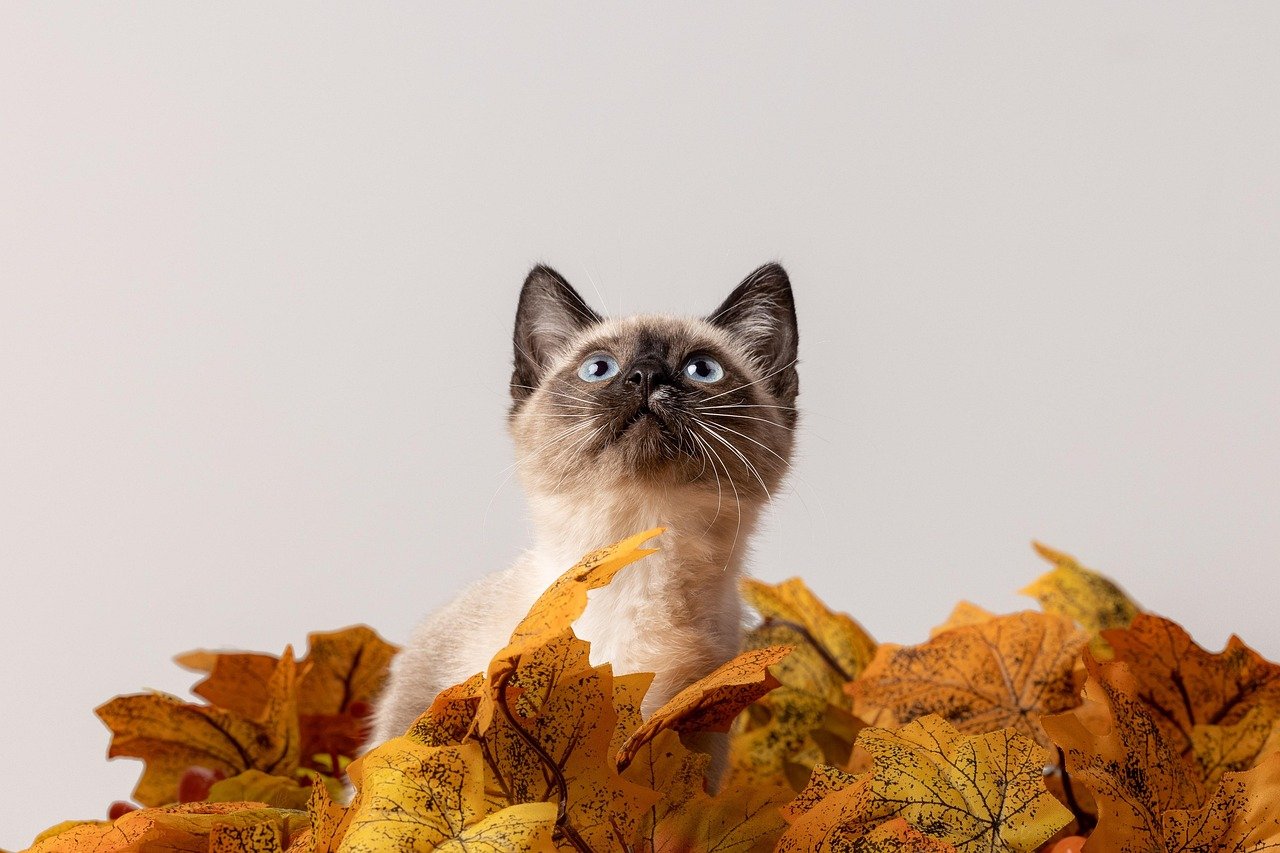
Many cats demonstrate awareness of seasonal changes that spans weeks or months, suggesting they can perceive much longer time periods than daily cycles. They might begin growing thicker coats before the first cold snap or become more active as spring approaches. Indoor cats with limited exposure to outdoor conditions still show these seasonal behaviors, indicating their internal clocks can track extremely long temporal patterns. Some cats change their sleeping locations seasonally, moving to warmer spots in winter and cooler areas in summer. This long-term temporal awareness shows cats can process time on scales that extend far beyond immediate daily needs.
Communication Has Perfect Timing

Cats often demonstrate impeccable timing in their communication with humans, suggesting they understand when their messages will be most effective. They might meow more insistently during quiet moments when they’re likely to get attention, or they might choose specific times to show affection when their humans are most receptive. Their ability to read human schedules and adapt their communication accordingly reveals sophisticated social timing skills. Some cats even seem to know when their humans are about to leave and will position themselves strategically to either facilitate or prevent departure. This temporal awareness in communication shows cats actively use time as a tool for social interaction.
Playing by the Clock
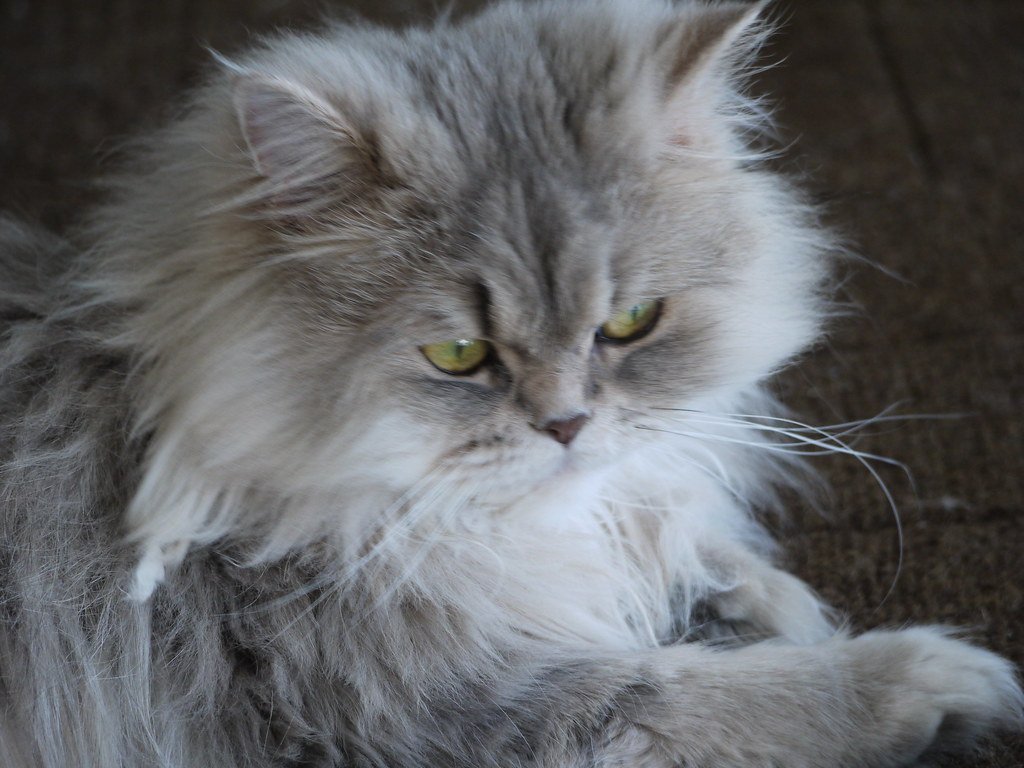
Feline play behavior follows surprisingly consistent temporal patterns that reveal their understanding of appropriate timing. Many cats have specific play periods that align with their natural energy cycles, becoming most active during dawn and dusk hunting times. They seem to know when humans are available for interactive play versus when they should entertain themselves with solo activities. Their play intensity often builds gradually during active periods and winds down as rest time approaches. Even senior cats maintain these temporal play patterns, though they might adjust the duration or intensity based on their changing energy levels.
Medical Conditions Alter Time Perception

Cats with certain medical conditions show disrupted time perception that highlights how normal felines typically experience temporal flow. Cats with hyperthyroidism might become hyperactive at unusual times, while those with arthritis might alter their activity schedules to avoid painful periods. Senior cats with cognitive decline sometimes lose their temporal anchors, becoming confused about feeding times or sleep schedules. These medical influences on time perception demonstrate that healthy cats possess sophisticated temporal processing abilities that can be disrupted by illness. Understanding these changes helps veterinarians and pet owners recognize when something might be wrong with their feline companions.
The Science Behind Feline Chronobiology

Recent research in chronobiology has revealed that cats possess multiple internal clocks working simultaneously to track different aspects of time. Their suprachiasmatic nucleus, the brain’s master clock, coordinates with peripheral clocks throughout their body to maintain temporal harmony. These biological timepieces respond to light, temperature, food availability, and social cues to keep cats synchronized with their environment. Scientists have discovered that cats can actually reset their internal clocks faster than many other mammals when their schedules change. This chronobiological flexibility explains why cats can adapt to new routines relatively quickly while still maintaining their fundamental temporal awareness.
So the next time your cat stares at you expectantly before dinner time or settles into their favorite sunny spot just as the afternoon light hits perfectly, remember that they’re not just following random impulses. They’re navigating through time with an ancient wisdom that humans are only beginning to understand. What other temporal secrets might your feline friend be keeping from you?

Esther is from India; the heartbeat of South Asia, holding a Master’s degree in Zoology and a postgraduate diploma in Animal Welfare. Her enthusiasm for animal welfare drives her passion and dedication to work for animals, ensuring their well-being and advocating for their rights. With a solid academic background and hands-on experience, she is committed to making a positive impact in the field of animal welfare. In her free time, she enjoys embroidery and sewing. As a Chennaite from Tamil Nadu, Esther loves Bharathanatyam, an Indian classical dance form.






